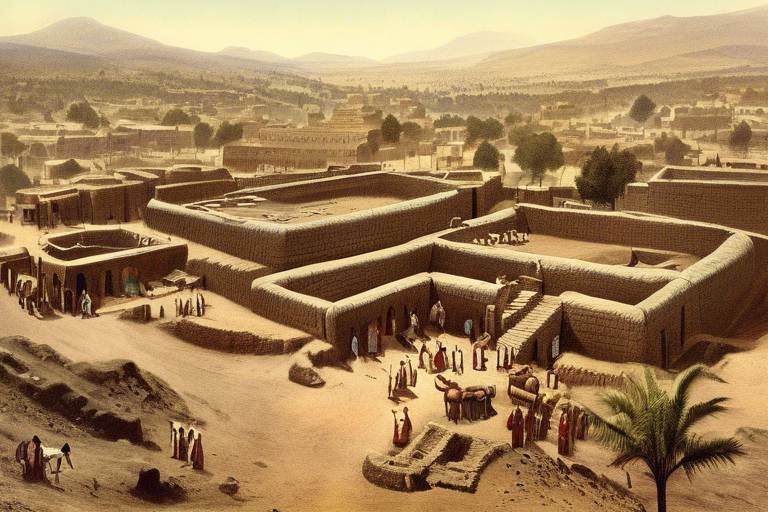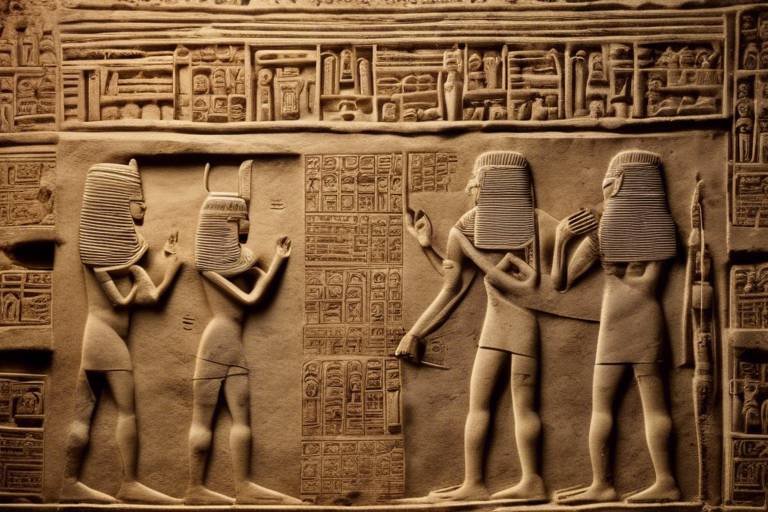The Secrets of the Lost Treasures of the Pharaohs
Have you ever wondered about the mysteries shrouding the lost treasures of the Pharaohs? These ancient rulers of Egypt, with their grandiose tombs and riches beyond imagination, continue to captivate the world with their enigmatic legacy. The secrets buried with them hold clues to a bygone era, offering a glimpse into the beliefs, customs, and society of ancient Egypt.

History of Pharaohs and Their Treasures
The history of the Pharaohs is a captivating tale of power, wealth, and mystique that has fascinated people for centuries. In ancient Egypt, the Pharaohs were revered as divine rulers, believed to be the link between the gods and the mortal world. These mighty leaders built grand monuments, oversaw vast construction projects, and left behind a legacy that still echoes through the sands of time.
One of the most intriguing aspects of Pharaonic history is their elaborate burial customs. The Pharaohs were laid to rest in elaborate tombs filled with treasures to accompany them on their journey to the afterlife. These treasures included precious jewels, intricate artifacts, and symbolic objects believed to ensure their eternal happiness in the next world.
The discovery of these ancient tombs has provided invaluable insights into the beliefs and customs of the ancient Egyptians. Archaeologists have unearthed magnificent treasures from the tombs of Pharaohs, shedding light on the rich cultural heritage of this ancient civilization.
Exploring the history of Pharaohs and their treasures is like unraveling a mystery that has been buried for thousands of years. Each artifact tells a story, each tomb holds secrets waiting to be revealed. The legacy of the Pharaohs continues to captivate our imagination and inspire awe at the wonders of ancient Egypt.

Famous Discoveries in Egyptian Tombs
Exploring the depths of Egyptian tombs has unearthed some of the most iconic discoveries in the field of archaeology. One of the most famous finds is the tomb of Tutankhamun, also known as King Tut, discovered in 1922 by Howard Carter. The tomb was filled with treasures, including the legendary golden mask that adorned the young Pharaoh's mummy. This discovery captivated the world and provided valuable insights into ancient Egyptian burial practices.
Another remarkable find is the treasures of Ramses II, one of the most powerful Pharaohs of the New Kingdom. His elaborate tomb in the Valley of the Kings contained a wealth of artifacts, statues, and inscriptions that shed light on his reign and legacy. The grandeur of Ramses II's tomb reflects the wealth and power of the Pharaoh during his rule.
While Tutankhamun and Ramses II are among the most well-known discoveries, there are many other intriguing burial sites of Pharaohs that continue to puzzle archaeologists. The burial sites of Pharaohs such as Seti I, Amenhotep III, and Hatshepsut have revealed unique artifacts and mysteries waiting to be unraveled.

Incidents of Looting and Plunder
As we delve into the mysterious world of the Pharaohs, we uncover a rich tapestry of history, intrigue, and hidden treasures waiting to be discovered. The legacy of these ancient rulers continues to captivate the imagination of people around the globe, with their elaborate burial customs and the treasures they were entombed with serving as a testament to their power and beliefs.
Throughout history, the allure of ancient Egyptian treasures has led to a dark side of exploitation and plunder. The tombs of the Pharaohs, once sacred resting places, have been targets of relentless looting and illegal excavation. The black market for antiquities has thrived on the illicit trade of stolen artifacts, stripping away pieces of Egypt's cultural heritage for personal gain.
Efforts to combat these nefarious activities have been ongoing, with authorities working tirelessly to protect and preserve the remaining treasures of the Pharaohs. Archaeological sites have been guarded, laws have been enacted to prevent smuggling, and international cooperation has been sought to repatriate stolen artifacts back to their rightful home.
Despite these efforts, the threat of looting still looms large, fueled by the high demand for ancient Egyptian relics in the global market. The challenge remains to strike a balance between sharing these treasures with the world and safeguarding them for future generations to appreciate and study.
In the face of such adversity, the perseverance of archaeologists, scholars, and preservationists shines through as they continue their quest to protect Egypt's cultural legacy. Through their dedication and passion, the secrets of the Pharaohs are slowly being unveiled, piece by precious piece, ensuring that the wonders of ancient Egypt endure for millennia to come.
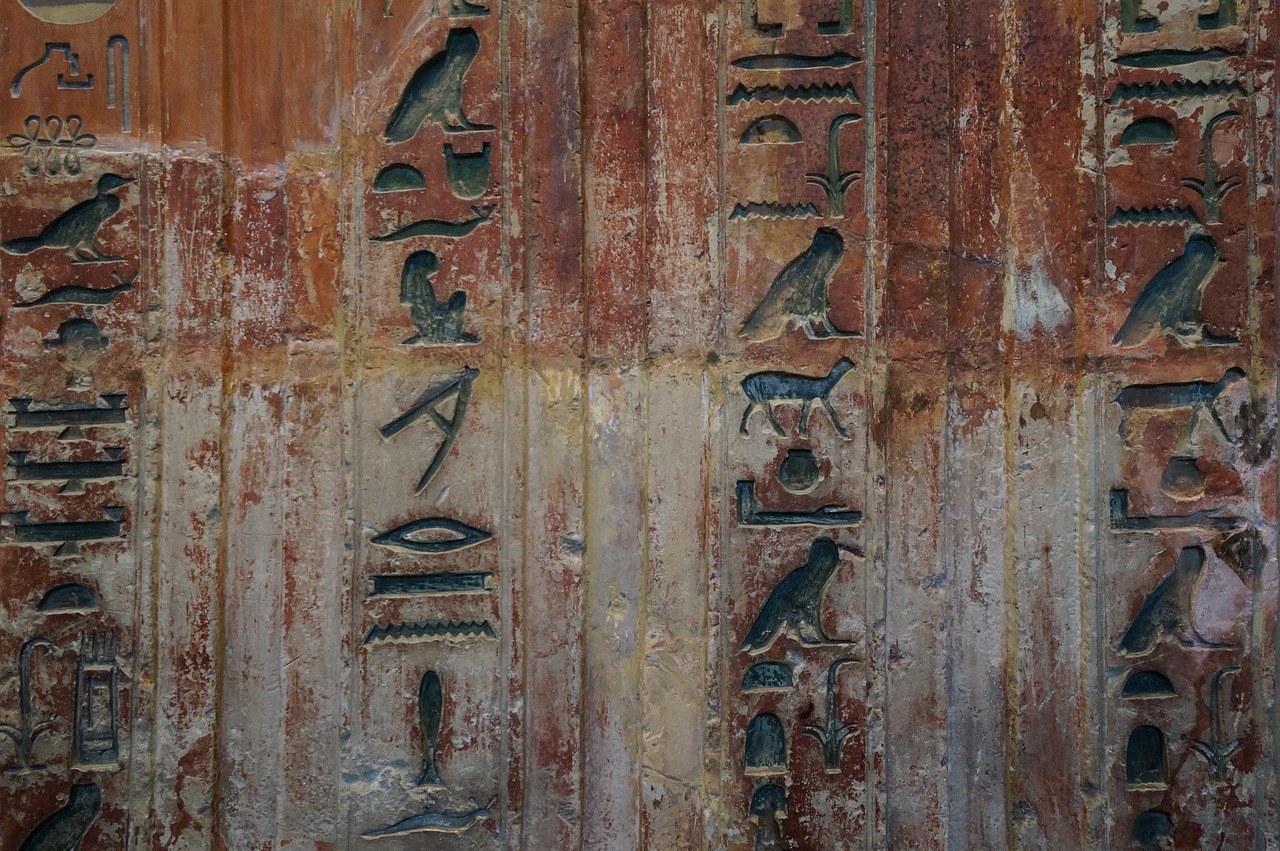
Modern-Day Explorations and Discoveries
In the realm of modern-day Egyptology, researchers and archaeologists are employing cutting-edge technologies to unveil the mysteries of ancient Egyptian tombs. Advanced imaging techniques such as ground-penetrating radar and LiDAR have revolutionized the way we explore burial sites, allowing us to peer beneath the sands of time without disturbing the delicate structures. These tools enable experts to create detailed 3D maps of underground chambers and identify potential hidden chambers that may hold undiscovered treasures.
Moreover, recent expeditions have unearthed fascinating artifacts that shed light on the daily lives and beliefs of the Pharaohs and their subjects. From intricately decorated sarcophagi to elaborate funerary masks, each discovery adds a new piece to the puzzle of ancient Egypt's rich history. Excavations in lesser-known tombs have also revealed valuable insights into the social hierarchy and religious practices of the time, painting a vivid picture of a civilization that continues to captivate the world.
One notable example of a modern-day discovery is the tomb of King Psusennes I, a pharaoh of the 21st Dynasty whose burial site was found in Tanis. The exquisite treasures found within the tomb, including a solid gold coffin and precious jewels, offer a glimpse into the opulence and craftsmanship of the era. Such findings not only enrich our understanding of Pharaonic culture but also underscore the importance of ongoing exploration and preservation efforts to safeguard these treasures for future generations.

Ongoing Research Efforts in Egyptology
Exploring the mysteries of ancient Egypt is like embarking on a thrilling adventure through time, unraveling the enigmatic world of the Pharaohs and their hidden treasures. One of the most fascinating aspects of this journey is the ongoing research efforts in Egyptology, where scholars and archaeologists tirelessly work to decode the secrets of the past.
Within the realm of Egyptology, researchers are engaged in a multitude of projects aimed at uncovering the mysteries of the Pharaohs and their treasures. Through meticulous excavation, analysis of artifacts, and deciphering hieroglyphics, experts are piecing together the puzzle of ancient Egypt.
One significant area of ongoing research is the study of ancient Egyptian burial practices and the significance of the treasures buried with the Pharaohs. By examining the intricate rituals surrounding death and the afterlife, archaeologists gain valuable insights into the beliefs and customs of this ancient civilization.
Moreover, advancements in technology have revolutionized the field of Egyptology, enabling researchers to explore previously inaccessible tombs and uncover hidden chambers within existing archaeological sites. Ground-penetrating radar, 3D scanning, and other cutting-edge tools have provided new perspectives on the ancient past.
Collaborative efforts between international teams of experts have also expanded the scope of research, bringing together diverse perspectives and expertise to tackle complex questions about ancient Egypt. By sharing knowledge and resources, researchers can make significant strides in understanding the Pharaonic civilization.
Furthermore, ongoing research in Egyptology extends beyond the confines of traditional archaeology, encompassing fields such as anthropology, linguistics, and art history. By approaching the study of ancient Egypt from interdisciplinary angles, scholars can gain a more comprehensive understanding of this rich and complex culture.
In essence, the ongoing research efforts in Egyptology represent a continuous quest for knowledge and discovery, shedding light on the mysteries of the past and preserving the legacy of the Pharaohs for future generations to marvel at.
Curious minds often have questions about the secrets of the Pharaohs and their treasures. Here are some frequently asked questions:
- Q: Why were the Pharaohs buried with treasures?
- A: The treasures were believed to accompany the Pharaohs to the afterlife and ensure their eternal prosperity.
- Q: How do researchers decipher hieroglyphics?
- A: Scholars use the Rosetta Stone and knowledge of ancient Egyptian grammar to decode the complex symbols.
- Q: What technologies are used in modern Egyptology?
- A: Ground-penetrating radar, 3D scanning, and laser technology are some of the tools employed in archaeological research.
- Q: Why is the preservation of Pharaonic treasures important?
- A: Preserving these artifacts ensures that future generations can appreciate and learn from the rich history of ancient Egypt.
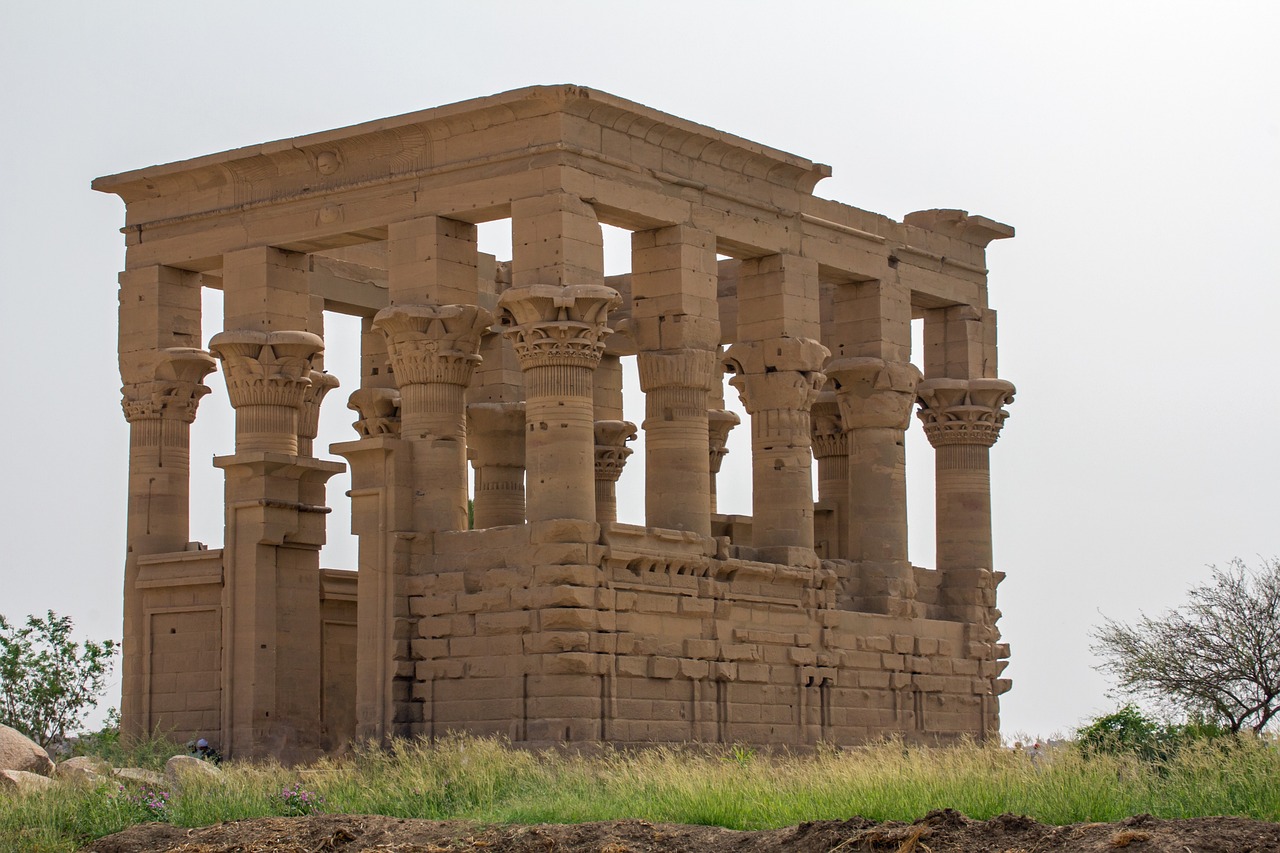
Significance of Pharaonic Treasures
The Pharaonic treasures hold immense significance in unraveling the mysteries of ancient Egypt and understanding the rich cultural heritage of the Pharaohs. These treasures, carefully buried with the rulers of Egypt, reflect not only their wealth and power but also their beliefs in the afterlife and the elaborate rituals associated with death and rebirth.
Exploring the Pharaonic treasures allows us to glimpse into the beliefs, customs, and societal structures of ancient Egypt. The intricate artifacts, golden jewelry, elaborate sarcophagi, and hieroglyphic inscriptions provide valuable insights into the spiritual and material world of the Pharaohs.
Moreover, the Pharaonic treasures serve as a bridge connecting the past with the present, offering a tangible link to a civilization that flourished thousands of years ago. They inspire awe and fascination, sparking curiosity and wonder about the lives and achievements of the ancient Egyptians.
These treasures are not merely objects of beauty but repositories of knowledge, helping archaeologists and historians piece together the puzzle of ancient Egypt's glorious past. Each artifact tells a story, shedding light on the religious beliefs, artistic achievements, and technological advancements of the Pharaonic era.
The extends beyond their material value; they are cultural treasures that belong not only to Egypt but to the world. Preserving and studying these artifacts is crucial for safeguarding our shared human heritage and ensuring that future generations can continue to marvel at the wonders of ancient Egypt.
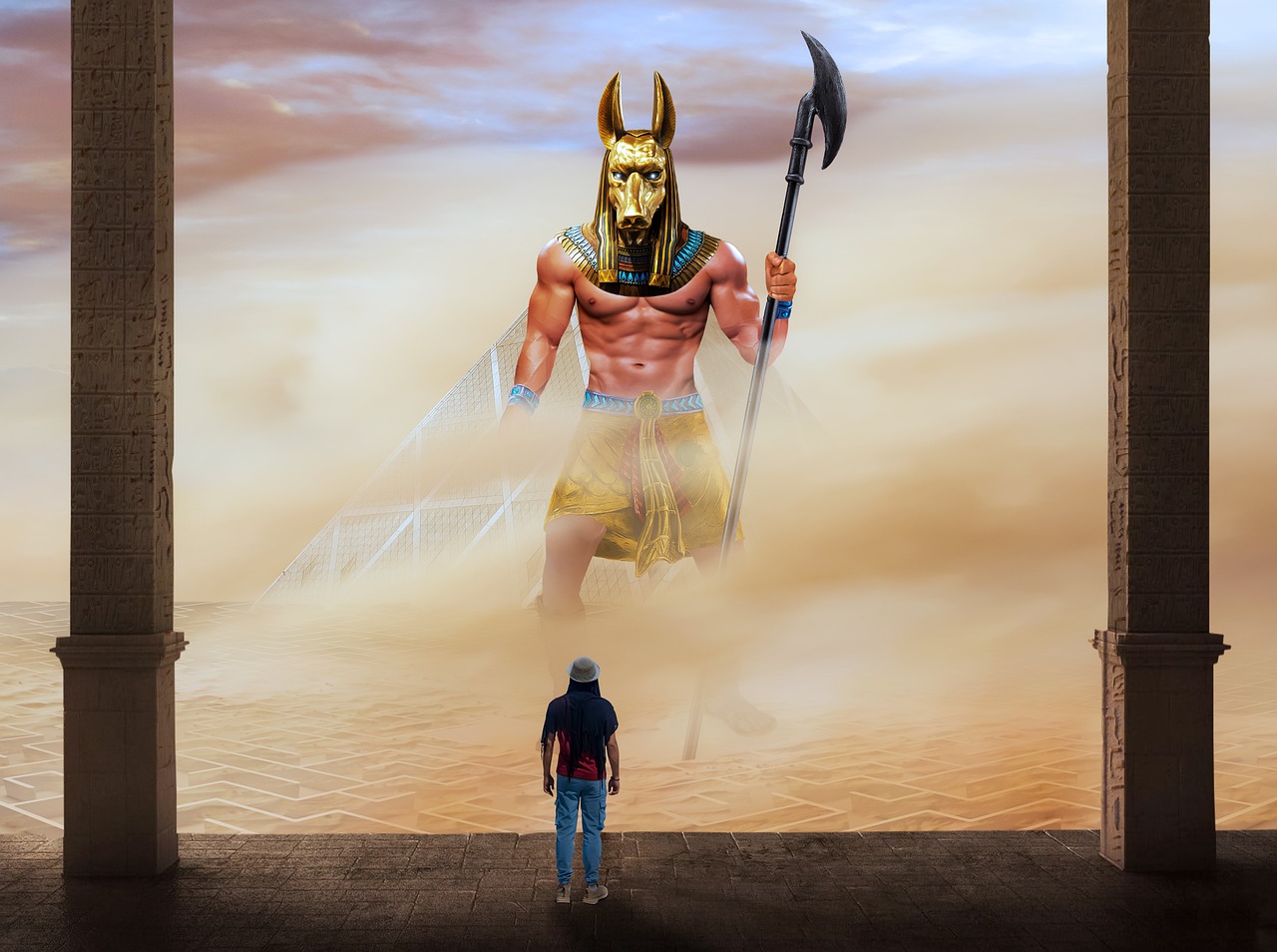
Impact of Pharaonic Treasures on Modern Society
The impact of Pharaonic treasures on modern society is truly remarkable. These ancient artifacts and tombs have captured the imagination of people worldwide, influencing various aspects of contemporary culture. From art and literature to fashion and film, the legacy of the Pharaohs continues to leave a lasting impression on society.
One of the most significant impacts of Pharaonic treasures is seen in the field of art and design. The intricate hieroglyphics, elaborate jewelry, and exquisite sculptures found in Egyptian tombs have inspired countless artists and designers throughout history. The iconic symbols and motifs of ancient Egypt can be seen in architecture, fashion, and even modern-day logos.
Moreover, the literary world has also been greatly influenced by the mysteries of the Pharaohs. Countless books, poems, and plays have been written about ancient Egypt, exploring themes of power, betrayal, and the afterlife. The tales of mummies, curses, and hidden treasures continue to captivate readers of all ages.
When it comes to popular culture, the impact of Pharaonic treasures is undeniable. Hollywood blockbusters like "The Mummy" and "Indiana Jones" have brought the adventures of archaeologists and treasure hunters to the big screen, fueling the public's fascination with ancient civilizations. Additionally, video games, television shows, and even fashion trends often draw inspiration from the mystique of ancient Egypt.
Furthermore, the educational value of Pharaonic treasures cannot be overstated. Museums around the world display artifacts from ancient Egyptian tombs, allowing visitors to learn about the rich history and culture of this fascinating civilization. These exhibitions not only educate the public but also inspire future generations to explore the wonders of the past.
In conclusion, the impact of Pharaonic treasures on modern society is profound and far-reaching. These ancient artifacts not only serve as reminders of a bygone era but also as sources of inspiration, creativity, and wonder for people around the globe.
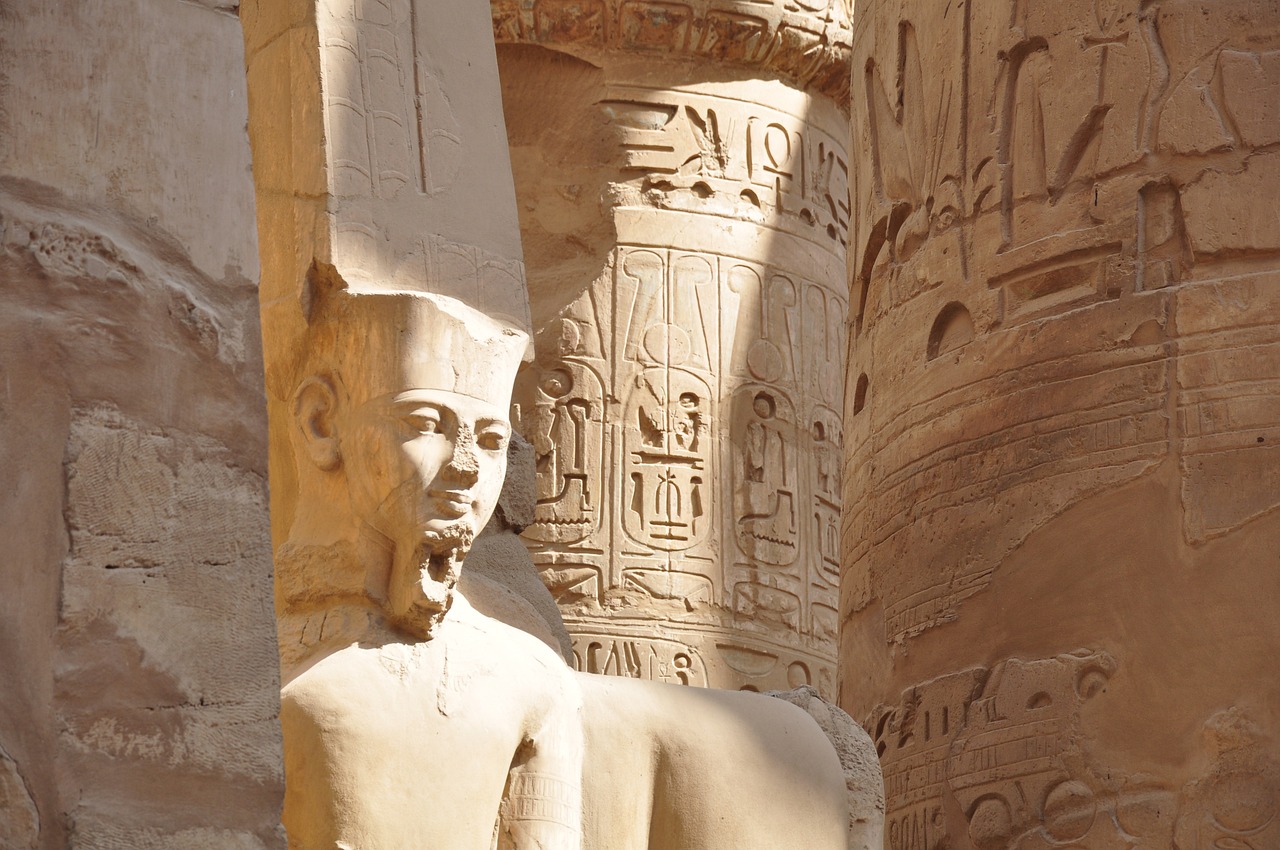
Preservation Efforts and the Future of Pharaonic Treasures
Pharaonic treasures hold within them the echoes of a bygone era, whispering tales of grandeur and mystique that continue to captivate the modern world. As we journey through the annals of history, we are greeted by the enigmatic figures of the Pharaohs, revered rulers of ancient Egypt whose legacy endures through the treasures they left behind.
Amidst the sands of time, a crucial battle rages on - the battle to preserve the priceless remnants of Egypt's rich heritage. The future of Pharaonic treasures hangs in the balance, teetering between preservation and oblivion. Museums stand as bastions of protection, safeguarding these relics from the ravages of time and human greed.
Conservationists toil tirelessly, employing cutting-edge technologies and age-old techniques to ensure that these treasures remain intact for generations yet to come. The delicate art of restoration breathes new life into ancient artifacts, allowing us to glimpse into the past with clarity and reverence.
However, the challenges are manifold. Climate change, urbanization, and political instability pose constant threats to the preservation of Egypt's cultural legacy. As the custodians of history, it falls upon us to act as stewards of the past, ensuring that the treasures of the Pharaohs endure as beacons of knowledge and wonder.
Q: What are the main challenges in preserving Pharaonic treasures?
A: The main challenges include environmental factors, such as humidity and temperature fluctuations, as well as human activities like looting and urban development.
Q: How do museums contribute to the preservation of Pharaonic artifacts?
A: Museums play a crucial role in safeguarding and displaying Pharaonic treasures, providing a secure environment for their conservation and educating the public about their significance.
Q: What can individuals do to support the preservation of Egypt's cultural heritage?
A: Individuals can support preservation efforts by raising awareness, respecting archaeological sites, and donating to organizations dedicated to the conservation of Pharaonic treasures.
Frequently Asked Questions
- What are Pharaohs?
Pharaohs were the rulers of ancient Egypt, considered god-kings who held immense power and authority. They were believed to be the intermediaries between the gods and the people, guiding the civilization with divine wisdom.
- Why were treasures buried with Pharaohs?
The treasures buried with Pharaohs were intended to accompany them to the afterlife. Ancient Egyptians believed in an afterlife where the deceased would continue their existence, and these treasures were meant to provide them with the necessary resources and comforts in the next world.
- What is the significance of Pharaonic treasures?
Pharaonic treasures hold immense cultural, historical, and archaeological importance. They offer insights into ancient Egyptian beliefs, customs, and society, helping us understand the rich and complex civilization that thrived along the Nile thousands of years ago.
- How do modern explorations impact the study of Pharaonic treasures?
Modern explorations, aided by advanced technologies, have revolutionized the field of Egyptology. They have led to new discoveries, enhanced our understanding of ancient Egypt, and provided valuable data for ongoing research efforts to uncover the secrets of the Pharaohs.
- What efforts are being made to combat looting and preserve Pharaonic treasures?
Efforts to combat looting and preserve Pharaonic treasures involve a combination of legal measures, international cooperation, public awareness campaigns, and the use of technology to track and protect valuable artifacts. Museums and cultural institutions also play a crucial role in safeguarding these treasures for future generations.







